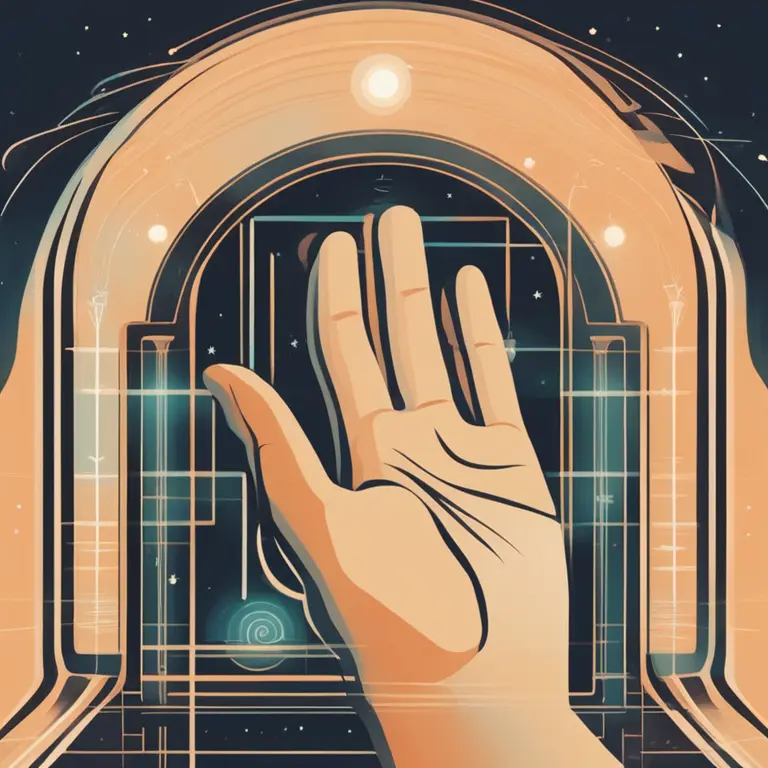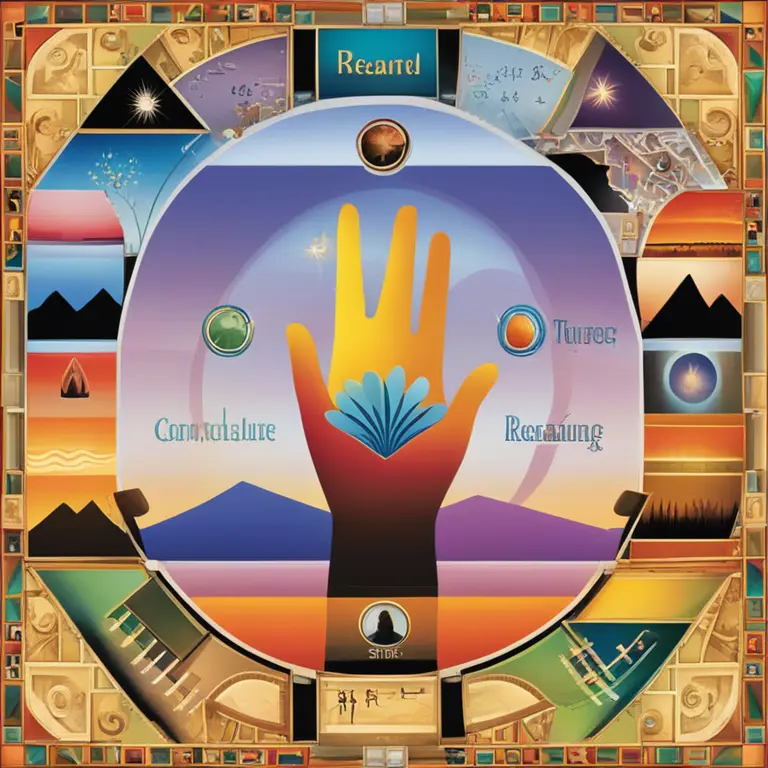
The Beginner's Guide to Palmistry Practices
Delve into the art of palm reading with this beginner's guide outlining the essentials on interpreting the lines and forms on your palm.
article by Nora Pennington
Introduction to Palmistry
Palmistry, also known as chiromancy, has enthralled human curiosity for centuries, offering a window into one's personality and future through the analysis of the palm. This ancient practice suggests that the palm acts as a unique roadmap of our life experiences and inner workings. As a beginner eager to learn this craft, understanding the basic premises of palm reading is the first step. Familiarize yourself with the core aspects such as the major lines—heart, head, life, and fate—and the mounts, which represent different areas of life.

The Major Lines
The heart line signifies emotional tendencies, the head line provides insight into your thought processes, while the life line reflects overall well-being. The often misunderstood fate line can suggest the impact of external factors on your life journey. Each line has its unique variances; they can be deep or faint, long or short, straight or curved. These characteristics can imply different interpretations, making the practice complex yet captivating. Start by observing these lines in your own palm and noting their details before comparing them to standard interpretations.

Mounts and Their Meanings
In palm reading, the mounts, or the fleshy pads below each of the fingers, are linked to celestial influences and personality traits. For instance, the mount under the index finger, associated with Jupiter, relates to ambition and leadership. Understanding the mounts alongside the lines can give a rounded perspective on an individual's attributes and potential life paths.

Minor Lines and Markings
Beyond the primary lines are secondary lines and markings that may appear on a person's palm, like hatches, crosses, and stars. These can indicate additional insights, such as strengths or obstacles. However, they require a nuanced understanding of palmistry to interpret accurately. As a beginner, observe these but focus primarily on mastering the major lines.

Hand Shapes and Fingers
Hands come in various shapes, and palmists often categorize them into elemental types: fire, earth, air, and water. Each type suggests particular personality traits, such as creativity for fire hands, practicality for earth hands, intellect for air hands, and sensitivity for water hands. Similarly, fingers and their segments can tell stories about personal qualities and potential. It's essential to see the hand as a whole, where every aspect complements and offers context to the others.
Practical Palm Reading Tips
To put this knowledge into practice, begin with the dominant hand, believed to show the present and future, while the non-dominant hand represents the past. Record observations and reflections in a journal to track your growth in palmistry. Always approach palm reading with an open mind and respect for the person whose palm you're reading. Finally, remember that palmistry is interpretative and not deterministic; it offers insights rather than definitive foresight.
Published: 1/29/2024
Modified: 1/29/2024
More predictions
Come back here soon to learn more about yourself and your future


The Mystery of Palmistry: Lifelines to Fate
Delve into the ancient art of palmistry or chiromancy, where the lines and features of your hands reveal the intricacies of your personality and destiny.


The Essentials of Palmistry Explained
Delve into the ancient practice of palmistry, where hand lines and features unlock personal insights and prophecies for the future.


The Essential Guide to Palm Reading
Discover the art of palm reading with our concise Essential Guide to Palmistry, your gateway to personal insights and predictions.